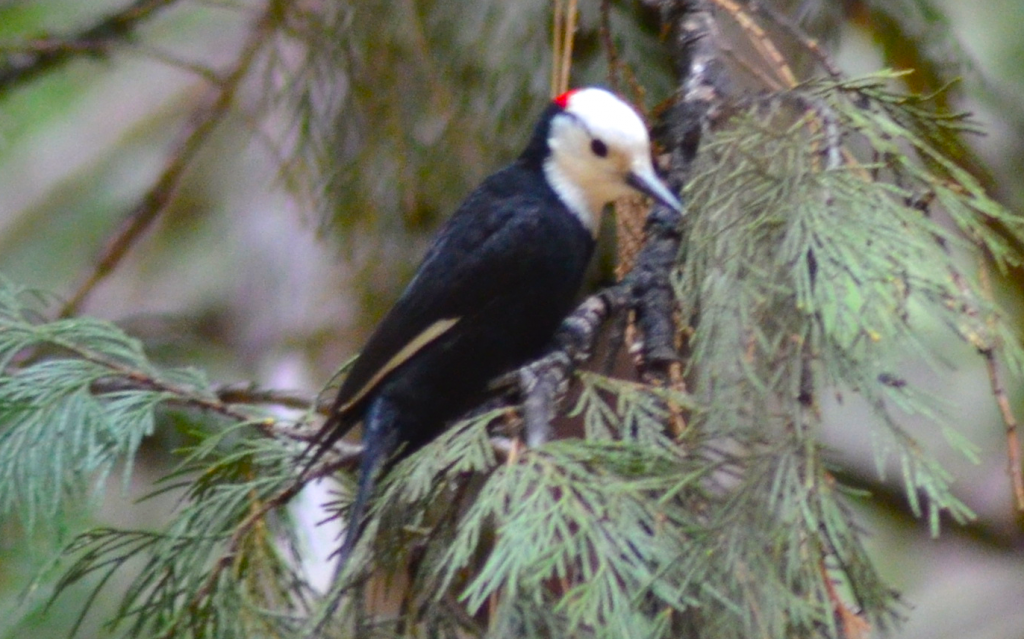
The White-headed Woodpecker (Picoides albolarvatus) is a species of woodpecker that is native to the western United States and Canada. It is known for its distinctive white head and black body, with white stripes on the back and wings. The birds are commonly found in coniferous forests and are known to inhabit areas with mature trees, such as old-growth forests.
One of the most notable characteristics of the White-headed Woodpecker is its behavior. Unlike other woodpeckers, the White-headed Woodpecker is less arboreal and more terrestrial. They are often seen foraging for food on the ground or on fallen trees, where they feed on insects, nuts, and berries. They are also known to cache food in tree crevices and retrieve it later, a behavior that is unique to this species.
The White-headed Woodpecker is an important species for the ecosystem. The bird helps to maintain the balance of insects by feeding on them, and it also helps to disperse the seeds of plants and trees, contributing to forest regeneration. The species is also an important indicator of the health of the forest, as its presence is a sign of a mature and healthy ecosystem.
Unfortunately, the White-headed Woodpecker is facing numerous threats, including habitat loss and fragmentation. The bird is particularly vulnerable to the loss of old-growth forests, which are being logged and converted to other land uses at a rapid rate. Climate change is also affecting the species, with changes in temperature and precipitation affecting the availability of food and breeding habitats.
In conclusion, the White-headed Woodpecker is an important species that plays a crucial role in the ecosystem. Its unique behavior and distinctive appearance make it a valuable and interesting bird to observe and protect. Through conservation efforts and the protection of its habitat, we can ensure that this species continues to thrive for generations to come.
